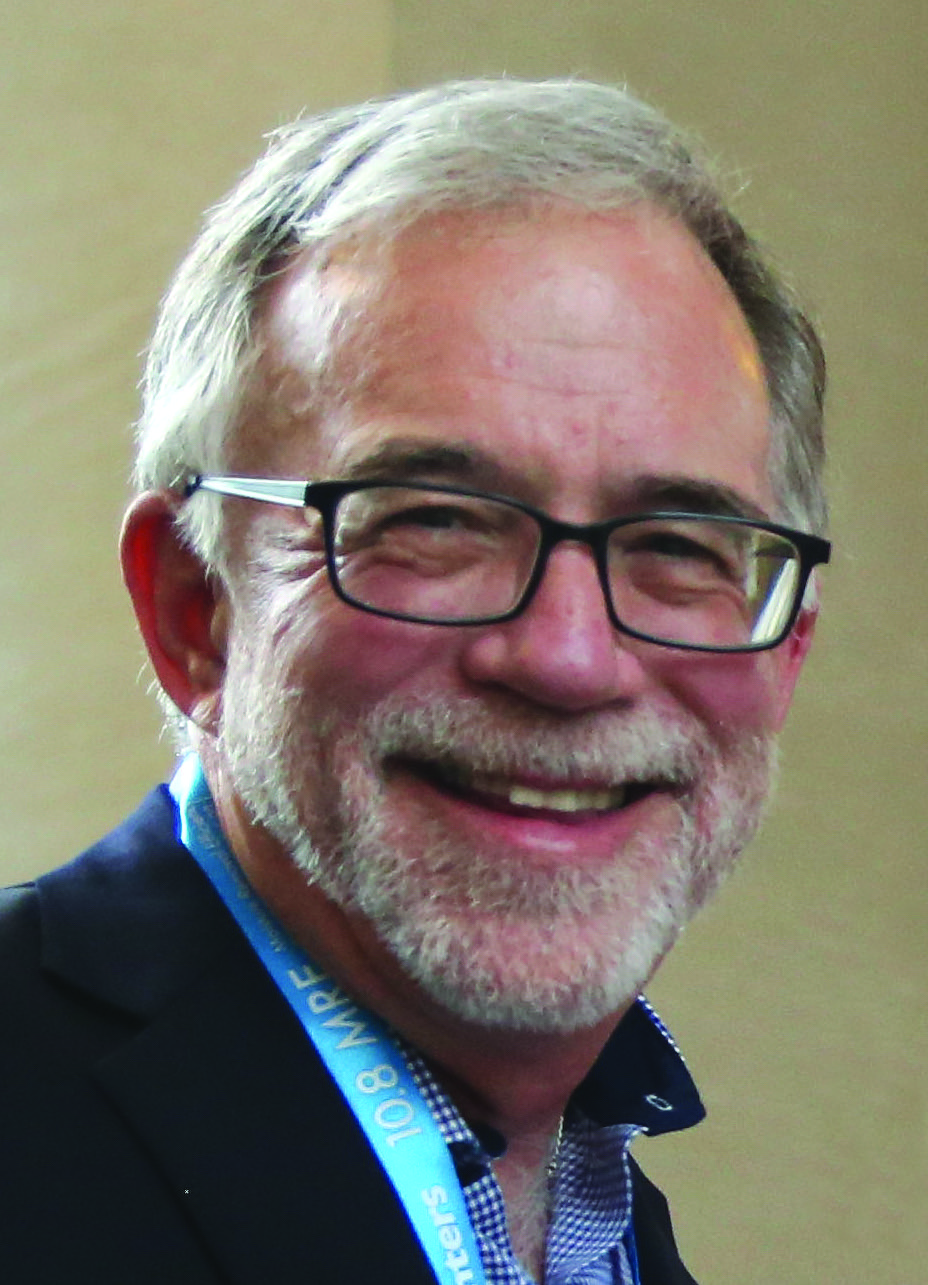
The arch of St Louis
St Louis, Missouri – a long established US Midwest city – which is now regenerating from the centre outwards, hosted the ASHRAE Summer 2016 Conference.
Creating and disseminating world-class technical guidance is at the core of ASHRAE, said CEO Jeff Littleton, opening the conference. And, as part of his final plenary address, outgoing president David Underwood announced that ASHRAE had allocated US$1.2m for research into low-global warming potential refrigerants. Working with the US Department of Energy – which is contributing US$3m – and the Air Conditioning, Heating and Refrigeration Institute – which is adding US$1m – the aim is to provide substantiated information for industry and for policy-makers.

Brandishing a slide rule from his freshman year at the University of Nebraska in 1971, incoming President Tim Wentz launched his theme for the year: ‘Adapting today to shape tomorrow’.
He said: ‘In 1971 this slide rule served me well. It felt risky when I put it down to pick up a newfangled, hand-held calculator. Looking back, the greater risk would have been not putting the slide rule down, and not being willing to adapt.’
This year’s conference focused on topical themes: fundamentals and applications; renewable energy and net zero energy buildings; indoor environment, health, comfort and productivity; smart buildings; advances in refrigerants and research topics.
The drive towards net zero energy new buildings was covered in several sessions covering equipment through to completed case studies.
Of particular interest was the session entitled ‘Results of research project 1657, development of maximum technically achievable energy targets for ultra-low energy use in commercial buildings’, which reported on the research results and the most promising future technologies.
Seminar 42 informed delegates on the use of biomass as a low carbon fuel, with presentations of community-based schemes in New York and other exemplars from as far afield as Austria. Biomass is not yet commonly used in North America, despite the wide availability of waste wood from forestry activities.
A distrust of natural ventilation as a fresh air strategy is still rife in America, with reliance on tried and tested fan systems, perceived to deliver a measured volume of fresh air
Jurgen Scharfe of J S Energie & Beratung, Munich, presented case studies of large district energy systems serving whole towns and cities. These included absorption heat pumps to supply cooling, as well as elevated hot water temperatures in schemes where return water was a low as 40oC.
The publication of ASHRAE Standard 188 covering legionella in water systems in October 2015 has created a great deal of interest across North America. This much-awaited standard, comes some 15 years after the UK’s L8 was first published, and subsequently updated several times. Standard 188 offers an understanding of the issues associated with recent and past outbreaks and gives guidance to designers, facility managers and public health inspectors collectively to lower the risk of legionella amplification within building water systems.
In seminar 7 – entitled ‘Building water systems: issues and insights from outbreaks of Legionnaires’ disease’ – an expert panel answered a range of questions, including: the reasons for outbreaks; new code requirements in ASHRAE Standard 188; and actions to minimise incidents.

ASHRAE President Tim Wentz
Cooling towers are still popular in North America and, in some cases, are the best solution for heat rejection, so issues such as air intakes, water treatment and vapour pluming are commonly encountered.
The ASHRAE Standard 188 committee met over a three-day period during the conference, allowing members to make representations for improvements and developments to the standard, which is now being adopted across the US by states as their code requirement.
The session titled ‘Indoor environment: health, comfort and productivity’ heard speakers on topics ranging from indoor air quality (IAQ) to comfort challenges in commercial kitchens.
IAQ has been a hot topic in ASHRAE for some time, with ASHRAE Standard 62 setting fresh air levels and other air quality criteria – such as filtration levels.
ASHRAE Standards 90.1 Energy in Commercial Buildings and 189.1 Sustainability, also propose reduced fresh air levels to minimise energy use through reduced infiltration, better sealing of buildings and reduced fresh air volumes and higher recirculation in systems.
A distrust of natural ventilation as a fresh air strategy is still rife in America, with reliance on tried and tested fan systems, perceived to deliver a measured volume of fresh air whenever required.
Any engineers involved in high-rise buildings – a current trend in the UK, with Manchester announcing its first 60-storey building – would be keen to learn from seminar 4: ‘Energy use index (EUI) for tall, super-tall and mega-tall buildings’.
The EUI for tall buildings in Chicago was compared with international exemplars, highlighting the most practical and cost-effective solutions.
All the information generated over the five-day conference is available at www.ashrae.org and requires a paid registration to view.
- Frank Mills FCIBSE is a chartered consulting engineer at Low Carbon Design and Tim Dwyer FCIBSE is CIBSE Journal technical editor
